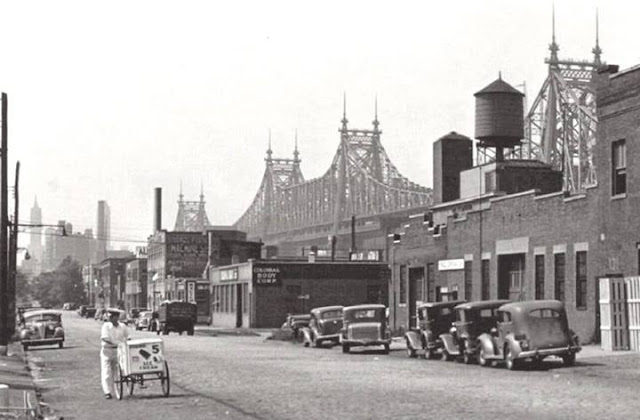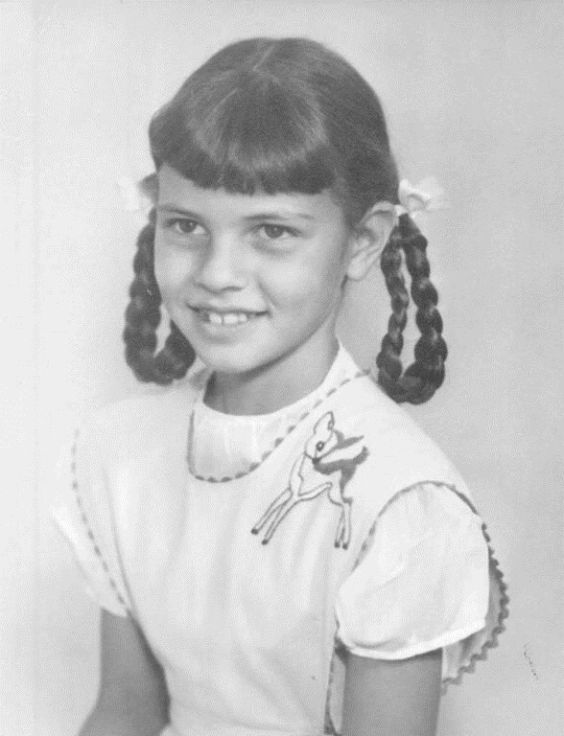Thursday 5 September 1940
 |
| Junkers Ju 87R Stuka over Malta. |
 |
| Sergeant Pilot Malcolm Gray of No. 72 Squadron, KIA 5 September 1940. |
KG 2 attacks Biggin Hill at 10:30, with diversionary raids on the Croydon, Eastchurch, Lympne and North Weald airfields. After the attack, Biggin Field is basically out of operation, with only one squadron of Hurricanes (No. 79 Squadron) based there.
To amuse themselves, some Bf 109s decide to destroy the Dover barrage balloons again. They lose one plane with another damaged.
Around 11:00, another formation of bombers attacks Biggin Hill. However, the attack on the largely worthless target is dispersed by the defending RAF No. 79 Squadron.
Shortly after noon, a large Luftwaffe formation flies up the Thames and hits the Thameshaven oil tanks. The bombs hit their mark, and the blaze serves as a beacon for future attacks. Detling airfield also receives damage. The RAF loses heavily during this operation, as four Hurricanes go down.
After dark, the Luftwaffe sends bombers over around 23:00. They bomb Manchester and Liverpool. The Mersey docks and surrounding area are hit by inaccurate bombing. London also is bombed, but the night's attacks are spread over a wide area.
RAF Bomber Command continues bombing German forests in hopes of starting a forest fire. The pretext is that there are military objectives hidden under the tree canopy. Elsewhere, they hit the normal targets of airfields in northwest Europe, oil installations at Stettin, Kiel, Hamburg and Regensburg, warehouses at Hamm and Soest, and the Emden docks. The Fiat works at Turin are bombed again. Other raids are launched on Boulogne, Calais, and the nearby coastal guns at Cap Gris Nez.
The score for the day is fairly even, with 23 German planes lost to 20 for the RAF. However, the Germans do not cause much significant damage, as their repeated attacks on RAF Biggin Hill are not really improving their position much. Bombing accuracy is particularly bad today, though stray bombs cause a lot of damage, too.
The RAF uses a Hurricane equipped with four cannons, V7360, for the first time during the afternoon raids.
German propaganda hero Oberleutnant Franz Xaver von Werra of II,/JG 3 is shot down over Kent after the morning Biggin Hill raid. He crash-lands his Bf 109E at Winches Hill and is captured by an unarmed cook of a nearby army unit. There is great controversy within the RAF at the time and later as to exactly who shoots von Werra down (some accounts name Pilot Officer J.T. Webster who was killed only minutes later). Von Werra is famous in German media for pictures taken of him in France with his pet lion cub. Without getting ahead of ourselves, this will not be the last that we hear about Oblt. von Werra. In fact, he soon makes his first escape attempt from the Maidstone barracks where he is put to work digging ditches.
Leutnant Heinz Schnabel of 1,/JG 3, an ace with 6 kills, also crash-lands at about the same time as Oblt. von Werra. He also has various adventures as a POW which we may come to later.
With Luftflotte 5 in Norway basically out of the Battle of Britain, KG 26, 30 and other units are transferred to the Channel coast so they can operate against England.
Oberleutnant Werner Machold of I,/JG 2 receives the Knight's Cross (Ritterkreuz) for his 21st confirmed victory claim.
 |
| The Messerschmitt Bf 109E-4 of Oblt Franz von Werra. |
U-47 (Korvettenkapitän Günther Prien), on its seventh patrol south of Iceland, loses a man overboard (Matrosenobergefreiter (Able Seaman) Heinrich Mantyk) during gunnery practice.
British submarine HMS Tuna spots a submarine in the North Sea. The two submarines fire at each other, neither hits. The identity of the other submarine is unclear.
The Luftwaffe damages two freighters, the Melbourne Star and the Greek freighter Aegeon, southwest of Holyhead.
A British flying boat experiences engine trouble and force-lands about 100 miles west of Morocco. A British destroyer, HMS Forester, finds it and tows it to Gibraltar.
There are Kriegsmarine minelaying operations in the Straits of Dover after dark, Operation Walther, undertaken by four torpedo boats of Torpedo Boat Flotilla 2.
Convoy FS 273 departs from the Tyne, Convoy OG 42 departs from Liverpool, Convoy HX 71 departs from Halifax, Convoy BHX 71 departs from Bermuda, Convoy BS 4 departs from Suez.
Destroyer USS Charles F Hughes (DD 428, Lt. Commander George L. Menocal) is commissioned.
 |
| Admiral Miklós Horthy leads Hungarian troops into Szatmarnemeti (Satu Mare), one of the cities just acquired from Romania as part of the Second Vienna Award, 5 September 1940. |
For the first time, the Luftwaffe appears over Malta. There are several air raid alerts at Malta during the day. In the morning, a large force of bombers escorted by fighters approaches the island, but anti-aircraft fire and Hurricane fighters chase them off. Around 18:00, an unusual raid of Junkers Ju 87 Stukas bombs several points on the island (including Marsaxlokk and Kalafrana), with the attackers losing at least two bombers and an escorting Italian CR 42 fighter. After dark, there are reports of Italian torpedo boats (MAS) operating offshore.
This first appearance of the Luftwaffe in the Mediterranean is an omen of things to come.
A British convoy arrives at Takoradi, Gold Coast. It is loaded with crates full of aircraft (Blenheims and Hurricanes) which are to be assembled there and flown across the continent to reinforce British positions in the Middle East.
The Italian Navy (Regia Marina) lays mines off Valletta, Malta.
Operation Hats concludes as the Mediterranean Fleet arrives back in Alexandria. It has been an extremely successful operation in the face of overwhelming, but absent, Italian opposition.
The Indian 5th Infantry Division arrives in Sudan. The forces include the 9th and 10th Infantry Brigades.
Battle of the Indian Ocean: The Regia Marina repeatedly attacks Convoy BS 3 in the Red Sea, but without result.
Battle of the Pacific: German raider Komet successfully concludes its transit of the northern passage around the Soviet Union and emerges through the Bering Strait into the Pacific. The Komet was led through the ice-infested passage by Soviet icebreakers.
German/Norwegian Relations: Hitler meets again with Vidkun Quisling, who at this point is living quietly as a radio commentator.
US Military: New US Secretary of the Navy Frank Knox departs San Francisco on an XPB2Y-2 patrol bomber for an inspection of Pearl Harbor.
The Greenslade Board arrives at Hamilton, Bermuda to begin its inspection of newly acquired British bases.
Romania: Ion Antonescu formally becomes invested as Romanian Prime Minister, with King Carol transferring virtually all of his dictatorial powers to him. Antonescu acts immediately to consolidate his position, forcing King Carol to abdicate in favor of his son Michael due to rumors of monarchist officers planning a coup. He also relieves Bucharest Garrison commander Gheorghe Argeșanu and replaces him with the more reliable Dumitru Coroamă. There are widespread divisions within Romania that Antonescu has to quell quickly, as some monarchists are quite ready to go to war with the Iron Guard. Gunfire from Iron Guard agitators can be heard in the palace from the streets outside.
 |
| New York City, looking towards the Queensboro Bridge, 5 September 1940. |
Japan: Aircraft carrier Akagi, which has been supporting operations in central China, leaves Yokosuka, Japan for an overhaul. Koichi Shiozawa becomes the commanding officer of the Yokosuka Naval District.
French Indochina: While Vichy France has agreed to Japanese bases in French Indochina (Vietnam), they haven't agreed to an outright invasion by Japanese forces in southern China. However, that is what they do today. The Vichy French negotiator Maurice Martin suspends talks with the Japanese.
Australia: Australian servicemen begin leaving Sydney for Vancouver in order to participate in the Empire Air Training Scheme (EATS).
Future History: Jo Raquel Tejada is born in Chicago, Illinois. She begins winning beauty contests in the mid-50s, then becomes pregnant and marries her high school sweetheart, James Welch. As Raquel Welch, she gets her big break in an Elvis Presley movie and comes this close to being cast as Mary Ann in "Gilligan's Island." Raquel then bursts into international stardom in "Fantastic Voyage" (1966) and then "One Million Years B.C. (1966). Raquel Welch remains active in the film business as of this writing.
 |
| Raquel Welch at school in the 1950s. |
September 1, 1940: RAF's Horrible Weekend
September 2, 1940: German Troopship Sunk
September 3, 1940: Destroyers for Bases
September 4, 1940: Enter Antonescu
September 5, 1940: Stukas Over Malta
September 6, 1940: The Luftwaffe Peaks
September 7, 1940: The Blitz Begins
September 8, 1940: Codeword Cromwell
September 9, 1940: Italians Attack Egypt
September 10, 1940: Hitler Postpones Sealion
September 11, 1940: British Confusion at Gibraltar
September 12, 1940: Warsaw Ghetto Approved
September 13, 1940: Zeros Attack!
September 14, 1940: The Draft Is Back
September 15, 1940: Battle of Britain Day
September 16, 1940: italians Take Sidi Barrani
September 17, 1940: Sealion Kaputt
September 18, 1940: City of Benares Incident
September 19, 1940: Disperse the Barges
September 20, 1940: A Wolfpack Gathers
September 21, 1940: Wolfpack Strikes Convoy HX-72
September 22, 1940: Vietnam War Begins
September 23, 1940: Operation Menace Begins
September 24, 1940: Dakar Fights Back
September 25, 1940: Filton Raid
September 26, 1940: Axis Time
September 27, 1940: Graveney Marsh Battle
September 28, 1940: Radio Belgique Begins
September 29, 1940: Brocklesby Collision
September 30, 1940: Operation Lena
2020
No comments:
Post a Comment